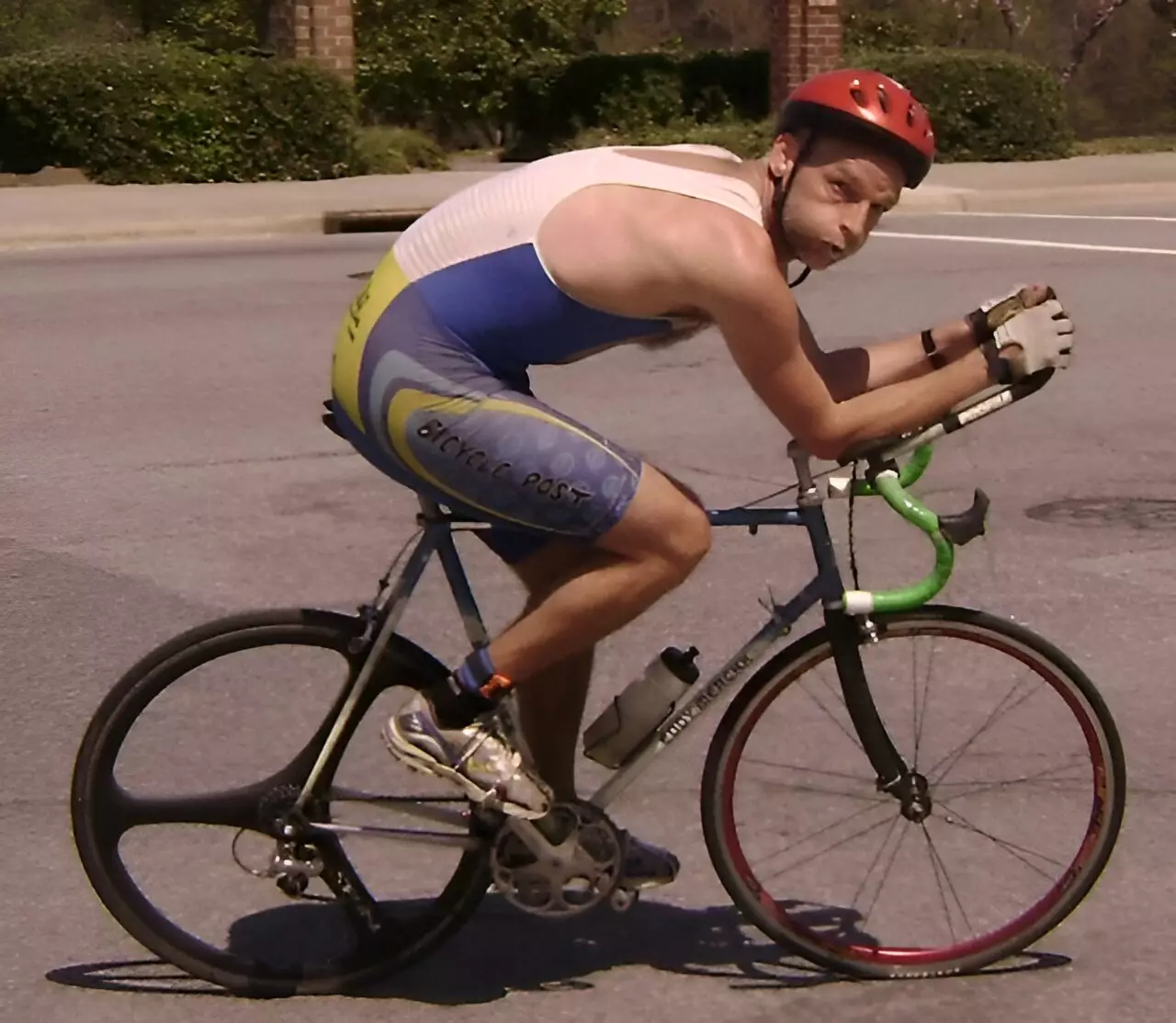Cycling enthusiasts engage in a unique challenge known as “Everesting,” defined as ascending and descending a mountain enough times to accumulate the elevation of Mount Everest, which stands at 8,848 meters. This extraordinary endeavor has captured the attention of cyclists and scientists alike, particularly in the wake of a recent record-setting attempt that ignited discussions around the effects of environmental factors—specifically wind—on performance. One crucial question emerged from this dialogue: Does a tailwind make a significant difference during a climb, and should regulations regarding wind speeds be considered? Martin Bier, a physics professor at East Carolina University, sought to investigate this matter, ultimately concluding that wind has a relatively low impact on cycling uphill.
The controversy following the record-breaking Everesting attempt brought the issue of tailwinds to the forefront of the cycling community. The cyclist in question had enjoyed an impressive tailwind measured at 5.5 meters per second (equivalent to approximately 20 kilometers per hour or 12 miles per hour). Critics speculated on how much this advantageous wind played into his overall performance, prompting a deeper analysis of the mechanics of cycling, particularly when tackling steep ascents versus flat terrain.
From a physicist’s standpoint, cycling presents different challenges than running, primarily due to the mechanics involved. While running incorporates constant acceleration and deceleration, cycling is characterized by a smoother, more efficient form of movement. As Bier explains, cycling primarily involves working against gravity and aerodynamic drag. In this context, it becomes vital to comprehend how wind resistance operates, especially given the paradoxical relationship between speed and air friction.
Air resistance increases significantly with speed; specifically, it escalates with the square of the cyclist’s velocity. This means that doubling one’s speed demands a force four times greater, and tripling it requires nine times more force. Consequently, on flat or downhill roads, air resistance is the dominant force limiting speed. However, this dynamic shifts dramatically when cycling uphill. Elevation climbs necessitate significant energy investments, yet the slower speeds inherently minimize the effect of air drag.
Bier emphasizes that during an uphill ride, the cyclist primarily fights gravity’s relentless pull. Thus, the amount of power exerted translates directly into gains in speed. This is contrary to the considerable influence of wind resistance one would encounter on flat ground or during a descent. Therefore, in the context of Everesting, while a tailwind may afford some relief during an ascent, its overall impact is overshadowed by the gravitational forces at play.
Professor Bier’s calculations highlight that while tailwinds can translate into minor advantages during climbs, the climber’s performance hinges much more on their capacity to generate power and overcome gravity. Furthermore, during the fast-paced descent, the presence of a headwind significantly dampens speeds due to the square relationship with air resistance. Thus, any gains made by the favorable tailwind are essentially nullified during the subsequent downhill run.
Ultimately, Bier’s exploration into the dynamics of wind in cycling indicates an important takeaway for athletes pursuing Everesting records. Those looking to shave time off their climbs should shift focus away from external conditions and instead concentrate on personal improvement metrics such as weight reduction and power output enhancement. The scientific insights gleaned from this analysis underscore that there are no shortcuts in Everesting; prospective challengers must rely on their own physical capabilities and strategic efforts to succeed.
In essence, as the cycling community continues to engage in discussions about the influence of environmental factors on performance, Bier’s detailed investigation reminds us that the fundamental mechanics of cycling and the physics of climbing ultimately govern the feat of Everesting. By prioritizing training over the quest for ideal conditions, cyclists can truly hone their skills and improve their performance in this formidable challenge.

